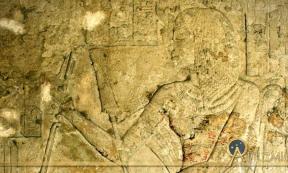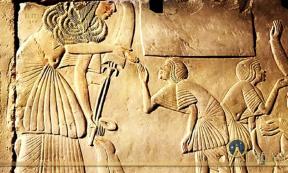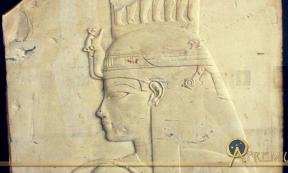Tutankhamun
Tutankhamun, the Boy King was pharaoh during the 18th Dynasty of the New Kingdom, ruling between 1332 BC and 1323 BC. The period is described as the most prosperous time in ancient Egyptian history, and it marked the zenith of the civilizations power. But it was Tutankhamun's treasure filled complete tomb that really brought him to our attention.






































